TruckTrain Heavy Duty Hybrid and Electric Vehicles
To prepare students for electrification of the powertrain in commercial vehicles, the renowned HV training system for passenger cars from Lucas-Nülle has been modified and adapted. The special learning concept of the training system, which combines theoretical and practical content in a target group-oriented manner, enables flexible on-site implementation that is taking regional, operational, and industry-specific features into account.

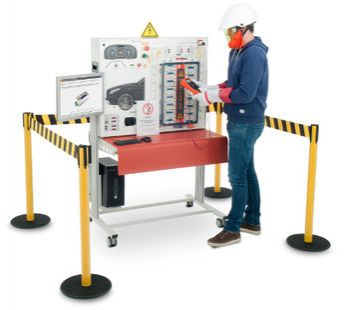
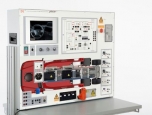
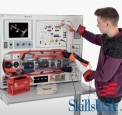
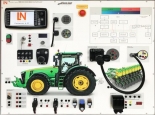
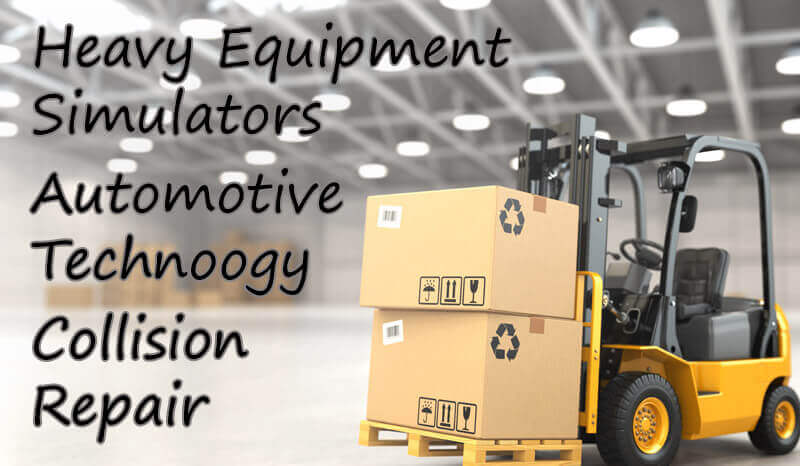 The U.S. Dept. of Labor forecasts that the automotive industry is expected to add 237,500 new jobs and have a 30 percent growth rate through 2020
The U.S. Dept. of Labor forecasts that the automotive industry is expected to add 237,500 new jobs and have a 30 percent growth rate through 2020


